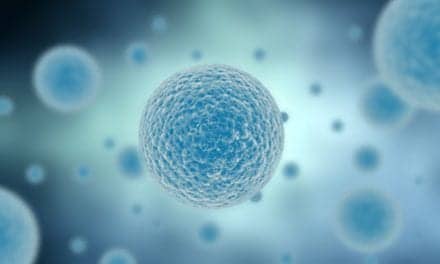This week, GeNO LLC, Cocoa, Fla, submitted an Investigational New Drug (IND) application to the US Food and Drug Administration (FDA) for the GeNO NITROsyl™ (Inhaled Nitric Oxide) System for the treatment of pulmonary hypertension in patients with pulmonary arterial hypertension (PAH) and in patients with pulmonary hypertension secondary to idiopathic pulmonary fibrosis (PH-IPF). If accepted, the IND will allow GeNO to begin a Phase 2 dose escalation study in which both patient populations will receive up to a maximum of 80 ppm NO delivered for up to 150 minutes with its stand-alone NITROsyl platform.
In contrast to PAH, no medications are currently approved for treatment of PH-IPF. According to the company, there is significant unmet medical need in this patient population for a potent and selective pulmonary vasodilator that can reduce pulmonary arterial pressure (PAP) and pulmonary vascular resistance (PVR) and improve oxygenation.
Following the dose escalation study, GeNO plans to study these two populations for 12 weeks in a multicenter, randomized, double-blind, placebo-controlled study using the NITROsyl platform, which will allow for 24-7 inhalation of nitric oxide by means of a nasal cannula. The ambulatory platform uses no gas bottles and instead uses liquid nitrogen dioxide, which is then vaporized and reduced to NO prior to inhalation.
“While IPF and PAH are different, we plan to focus on the one common feature, namely the pulmonary hypertension, which is a determinant of survival and at least an element or cause of symptoms. Part of the rationale in fact, is built on this point: there are no treatments for IPF, so we have decided to focus on the main consequences of IPF that is potentially treatable and that contributes to symptoms and survival,” said Lewis J. Rubin, MD, emeritus professor of medicine and emeritus director of pulmonary and critical care at the University of California at San Diego School of Medicine and a medical advisor to GeNO. “The Phase 2 program will allow us to assess whether inhaled NO improves PH in both populations, whether there are safety concerns in either group, and whether the profile of effect is common. Thus, this is the first study to evaluate and compare the effects of a treatment in two distinct forms of PH, although they share a common rationale.”
Source: GeNO LLC







